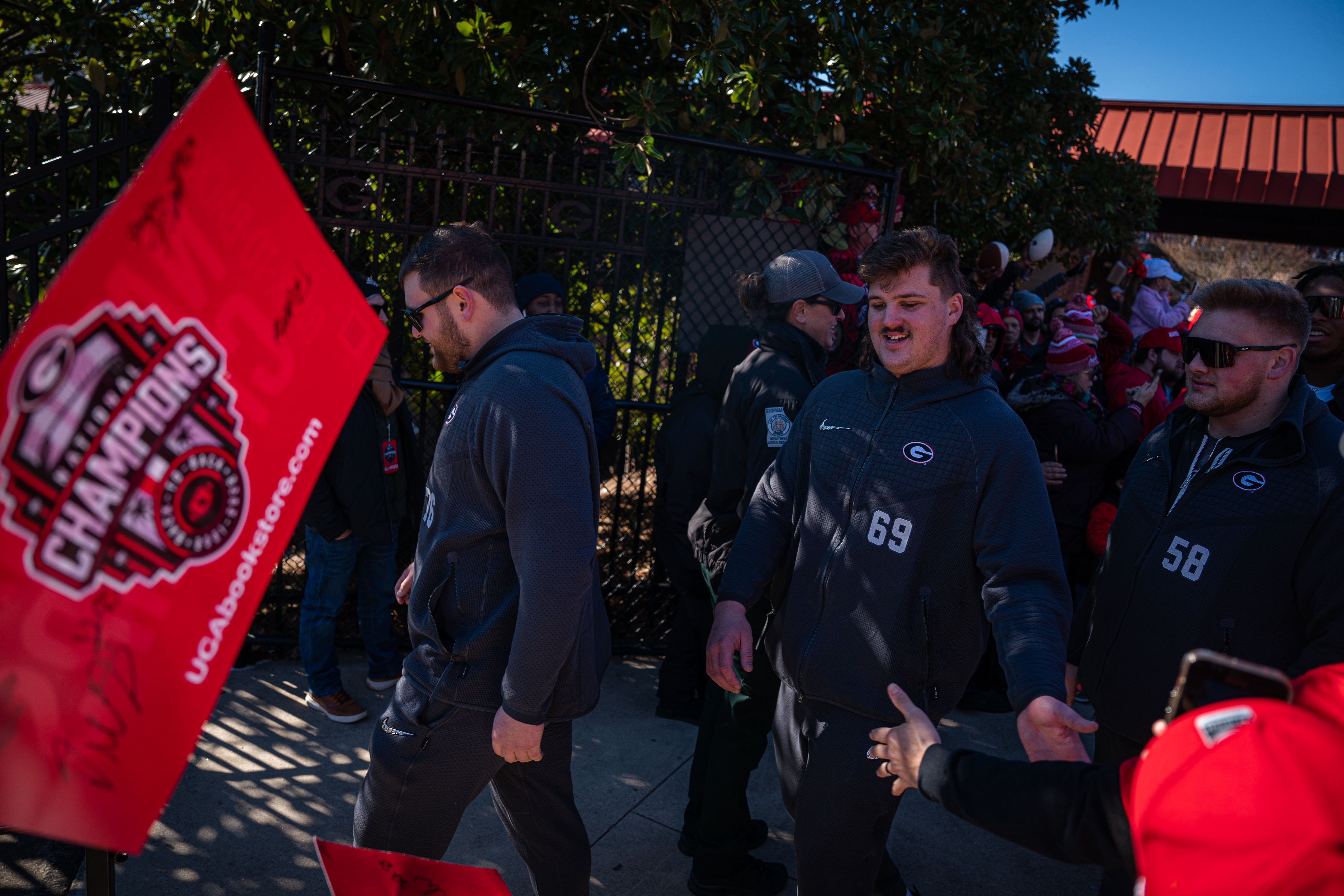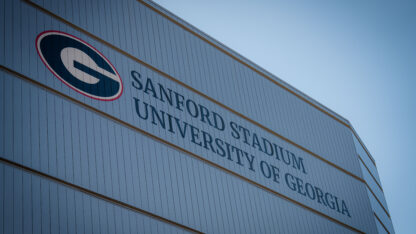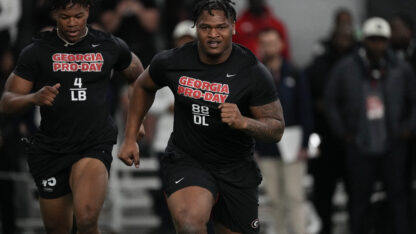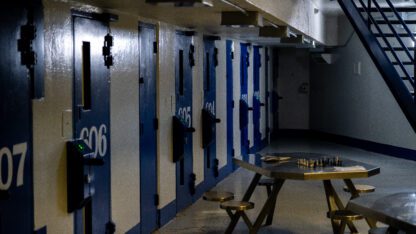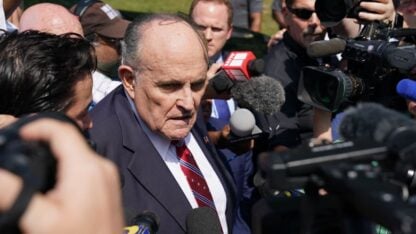Only days before a contingent of Southeastern Conference coaches and administrators will ask for federal help in regulating the expanding ability of college athletes to earn money while still in school, the second annual NIL Summit delivered predictions of more dramatic changes to the landscape of college sports.
The Summit was held Saturday through Monday at the College Football Hall of Fame. Speakers at the Summit say athletes’ new-found ability to earn money off their name, image and likeness has the potential to create more dramatic change in all college sports.
Max L. Forer is a partner in the Miller Nash law firm based in Portland, Oregon. The firm is active in the rapidly expanding NIL world, and Forer said Sunday he doesn’t expect federal action on the matter.
Instead, Forer said he expects schools to follow state statutes on NIL regulations. State rules can make it possible for student-athletes to benefit financially as soon as they sign letters of intent, even before stepping on campus.
“The question then lends itself to will that spur federal action,” Forer said at a Summit session devoted to the legal environment for today’s college athlete.
“Will this continue to go down this path where states are protecting their institutions? And what happens? And from this seat I don’t think the federal government is going to act. I just think it’s there’s a lot going on. I think state laws will continue to stay more aggressive and the NCAA is going to have to have a decision what they’re going to do.”
Change can be scary, even for some SEC schools which have the potential to look even more attractive to recruits who hope to land NIL deals with eager-to-please local businesses. According to the On3 website, current 2024 college football recruiting rankings list two-time defending national champion Georgia, Alabama and Florida among the top four signing classes — and among the top four average NIL deals.
Georgia tight end Brock Bowers was a nominee for Student NIL Male Athlete of the Year, which recognizes those who have best leveraged their NIL across multiple brands. Bowers, who will be a junior this season and possible first-round pick in the NFL draft, earns more than $720,000 annually on NIL deals with Associated Credit Union, Zaxby’s, Dick’s Sporting Goods, and others, according to On3.
The SEC contingent, which includes Commissioner Greg Sankey, administrators and Alabama football coach Nick Saban, this week will meet with lawmakers in Washington and ask for federal assistance in regulating how college athletes can generate NIL income. NCAA president Charlie Baker also believes college athletes need legal protections which federal legislation could provide.
Forer predicts college athletes will be classified as employees instead of student-athletes and ultimately will work under union protection. That would include having a seat at the table when TV rights are negotiated, just as the NFL players association has a say in NFL business.
Forer said the National Labor Relations Board “is very union friendly and this is a priority for them and has been since they really got into office. And so I think this is a very high probability this happens. … It’s going to look pretty similar to professional sports in some ways.”
Forer caused a stir in the audience, which included college professionals, when he said the issue of college athletes being required to attend classes in the future could be decided by collective bargaining agreements.
Oregon faculty athletics representative Josh Gordon said many schools could be left behind if there is no federal action to provide an even playing field. Saban also has offered warnings that top conferences and power schools will only grow stronger without federal protection.
“We’re one of those that will be left behind if we continue down the full deregulation path,” Gordon said. “… One thing that’s been around at times has been the idea that we remove caps on scholarships. There’s a great argument for that legally as well … but if you do that, there are a couple of conferences that would stand to be able to fund all of their student-athletes fully and most others would not.”
